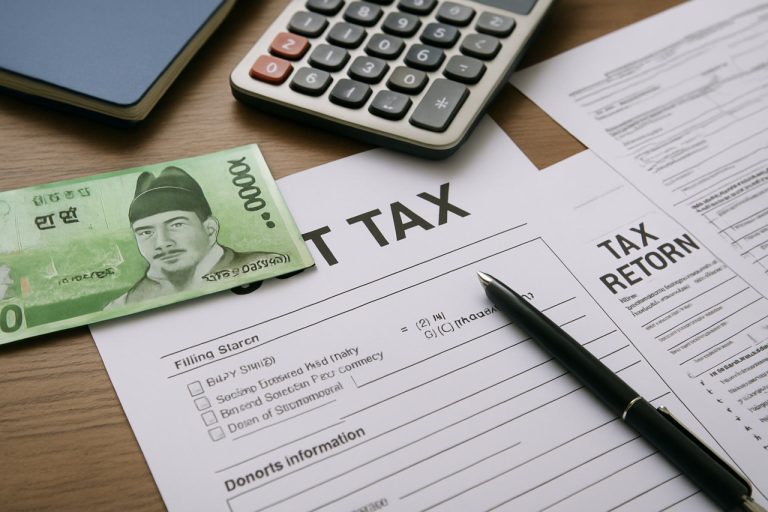
realistic photo of business consulting --ar 16:9 Job ID: d2477601-a359-48eb-9eaf-c0e94f12d945
Nicaragua, a country known for its impressive landscapes, rich biodiversity, and unique ecosystems, faces a number of environmental issues. To address these challenges and ensure sustainable development, the country has established a framework of environmental laws aimed at protecting and conserving its natural resources. This article provides a detailed analysis of the environmental laws in Nicaragua, their implementation, and the overall business environment in the country.
The Legal Framework
The environmental legislation of Nicaragua is primarily governed by Law No. 217, the General Law on the Environment and Natural Resources, which was enacted in 1996. This comprehensive law serves as the cornerstone of Nicaragua’s environmental policy and aims to promote the sustainable use of natural resources, protect ecosystems, and improve the quality of life for its citizens.
Key aspects of Law No. 217 include:
1. Environmental Impact Assessments (EIA): This law stipulates that any development project that may have significant environmental effects must undergo comprehensive Environmental Impact Assessments. These assessments are crucial for identifying potential negative impacts on the environment and proposing measures to mitigate them.
2. Protection of Biodiversity: Acknowledging that the country is rich in biodiversity, Nicaragua has enacted various provisions aimed at conserving its flora and fauna. These include regulations on the trade of endangered species and protective measures for critical habitats.
3. Water Resource Management: Given the importance of water resources for both human consumption and agricultural activities, the law emphasizes the need for sustainable management of rivers, lakes, and other water bodies.
4. Pollution Control: The law includes regulations to prevent and control pollution from industrial, agricultural, and urban sources, addressing issues such as air and water quality, waste management, and noise pollution.
Institutional Framework
The environmental governance of Nicaragua is overseen by various key institutions:
1. Ministry of Environment and Natural Resources (MARENA): MARENA is the primary government agency responsible for formulating and enforcing environmental policy and regulation. It oversees the implementation of environmental laws, conducts EIAs, and promotes environmental education.
2. National Assembly: The legislative branch plays a crucial role in enacting and amending environmental laws and policies.
3. Local Governments: Municipalities also play a significant role in environmental management, particularly in implementing local initiatives and regulations.
Challenges in Implementation
Despite the strong legal framework, Nicaragua faces challenges in fully implementing its environmental laws:
1. Limited Resources: Often, there is a lack of financial and human resources to effectively enforce environmental regulations and conduct necessary evaluations and monitoring.
2. Economic Pressure: The need for economic development can sometimes lead to prioritizing industrial and agricultural activities over environmental protection, resulting in conflicts between development and conservation goals.
3. Lack of Public Awareness: Environmental education and awareness among the general population remain areas that require significant improvements to ensure broad support for sustainable practices.
Business Environment
The business environment of Nicaragua is shaped by its natural assets and regulatory framework. The country offers various opportunities for businesses, particularly in sustainable agriculture, eco-tourism, and renewable energy.
1. Sustainable Agriculture: Given the fertile land and favorable climate, Nicaragua has great potential for organic and sustainable agriculture. The government promotes ecological practices through incentives and support programs.
2. Eco-Tourism: With its diverse ecosystems and natural beauty, Nicaragua is an attractive destination for eco-tourism. The government and private sector actively promote sustainable tourism practices to protect natural resources and stimulate economic growth.
3. Renewable Energy: Nicaragua has made progress in renewable energy, particularly in harnessing its geothermal, wind, and solar energy resources. Investments in renewable energy projects are seen as a way to reduce dependence on fossil fuels and promote a cleaner environment.
Conclusion
The environmental laws of Nicaragua reflect the country’s commitment to preserving its rich natural heritage while balancing the needs of economic development. Although challenges remain, ongoing efforts in policy implementation, public awareness, and sustainable business practices promise a greener and more sustainable future for Nicaragua. Through joint efforts from the government, businesses, and citizens, Nicaragua can achieve its environmental and development goals.
Suggestions for related links on Environmental Law in Nicaragua: A Comprehensive View:
Ministry of Environment and Natural Resources (MARENA)
Nicaraguan Network for Sustainable Development



